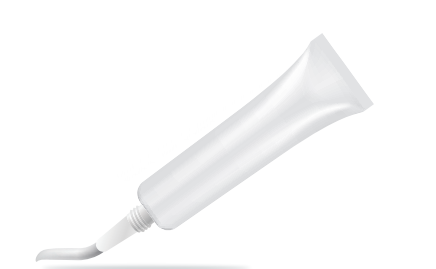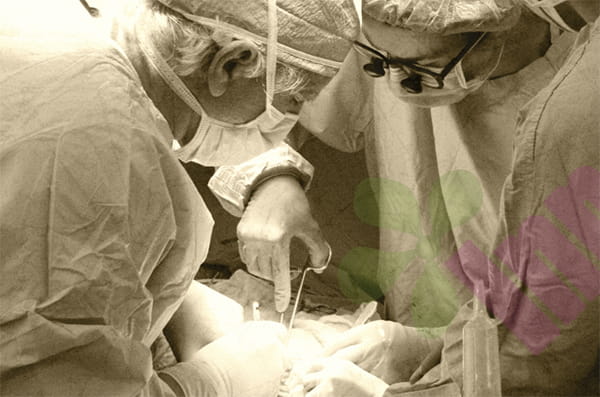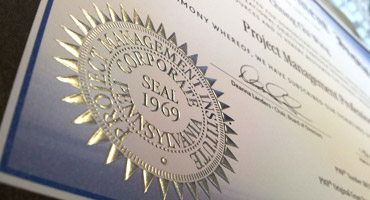Winter is a high-risk season for burns among children. Frequent use of heating equipment and increased consumption of hot drinks and foods can all pose a risk of burns. Understanding proper preventative measures and first-aid methods is crucial for protecting children's safety.
Common causes of burns in winter
Improper use of hot water bottles is a common cause of burns; excessively hot water or direct skin contact can lead to scalding. Other causes include: heaters placed too low, children touching the heated surface out of curiosity; hot drinks left lying around, which children can spill and get scalded; improperly adjusted bath water temperature, with excessively hot water coming into direct contact with the skin; spilled hot soup or food; and children wandering into the kitchen and coming into contact with hot pots and stoves.
Methods for assessing the severity of burns
First-degree burns only affect the epidermis, causing redness, slight swelling, and significant pain. Second-degree burns affect the dermis, resulting in blisters with a red base and intense pain. Third-degree burns affect the entire thickness of the skin, potentially appearing pale or charred black, and are accompanied by dulled pain sensation. The area of a burn can be assessed using the palm method; a child's palm typically accounts for about 1% of their body surface area.
Key steps in on-site first aid
Immediately remove the area from the heat source and carefully remove clothing soaked in hot water. Rinse the affected area with running cool water for 15-20 minutes; the water temperature should be room temperature. Do not use ice water, as this may cause further injury. Carefully cut open clothing to avoid tearing the skin. It is recommended to use a hydrogel dressing, which can reduce burn pain and protect the wound. Do not apply ointments or home remedies yourself. Seek immediate medical attention for further treatment.
Special treatment for burns on different parts of the body
For facial burns, prioritize protecting the sensory organs and ensure the airway remains open. For burns on the hands and feet, keep the fingers separate when bandaging to prevent adhesions. Pay special attention to cleaning and care for burns to the perineum. Maintain joints in a functional position to prevent contractures. For large-area burns, take precautions to prevent shock and keep the area warm.
Treatment of blisters
Small blisters should be kept intact to allow them to be absorbed naturally. Larger blisters require drainage under sterile conditions. Leave the blister skin covering the wound to protect newly formed epithelium. Regularly observe the characteristics of the blister fluid and treat any infection promptly. Take precautions to prevent infection after blisters rupture.
Infection prevention measures
Keep the wound clean and disinfect and change dressings regularly. Cover with sterile dressings to avoid contamination. Observe changes in the nature and odor of exudate. Use antibiotic ointment as prescribed. Monitor body temperature changes and promptly detect signs of infection. Keep the environment clean and minimize visitors.
Key points of nursing care during the recovery period
Strengthen nutritional support to promote tissue repair. Keep skin moisturized using specialized moisturizing products. Take sun protection measures to prevent pigmentation. Perform functional exercises to prevent joint stiffness. Use anti-scar products to prevent scar hyperplasia. Have regular check-ups to assess recovery progress.

The Importance of Preventive Measures
Install protective covers on heating equipment. Keep hot water bottles out of reach of children. Add cold water to the bathtub before adding hot water. Do not use tablecloths on the dining table to prevent hot food from being pulled and spilled. Install safety doors and windows in the kitchen. Educate children about potential hazards.
Prevention is key for children's burns in winter, and parents need to be more safety-conscious. If a burn does occur, remain calm and provide proper first aid. Seek medical attention promptly and receive proper treatment to minimize damage. Comprehensive care promotes wound healing and reduces the risk of complications. For more information on Innomed® Hydrogel Dressing , refer to the previous articles. If you have customized needs, you are welcome to contact us; You Wholeheartedly. At long-term medical, we transform this data by innovating and developing products that make life easier for those who need loving care.
Editor: kiki Jia

 English
English عربى
عربى Español
Español русский
русский 中文简体
中文简体








